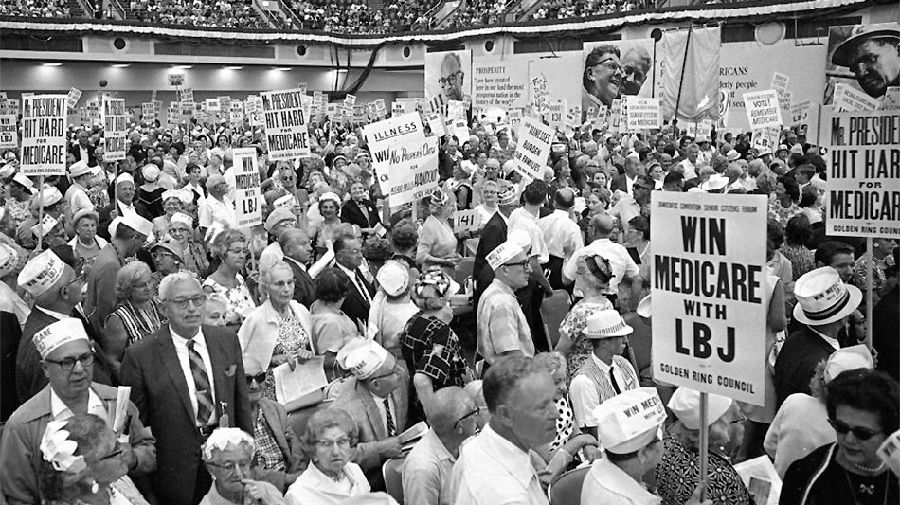A visit to a makeshift testing facility in Ward 7, across the river from the washington Redskins' crumbling and abandoned former stadium, provides a snapshot of this calamity. Bertina, a 64 -year- old teacher wearing sweatpants and a Redskins' bandanna ("Don't photograph me, I look like a bum") said her aunt had died of the virus in Atlanta after three hospitals had refused to admit her. Seventeen-year-old M'Kya said she had heard her brother, incarcerated in New York, had the virus. Overweight and sweating heavily, she was visibly unwell; she hoped it might be her allergies.
在華盛頓紅人隊(duì)搖搖欲墜的廢棄的體育場(chǎng)對(duì)面的街區(qū)7,參觀一下臨時(shí)測(cè)試設(shè)備,就可以看到這場(chǎng)災(zāi)難的快照。伯蒂娜是一名64歲的老教師,她穿著運(yùn)動(dòng)長(zhǎng)褲,帶著紅人隊(duì)的色彩鮮艷的頭巾(“別拍我,我看起來像是一個(gè)乞丐”),她說做自己的姑姑在亞特蘭大死于這場(chǎng)病毒,因?yàn)橛?家醫(yī)院拒絕接收她。17歲的M'Kya表示她聽說她在紐約被監(jiān)禁的哥哥感染了病毒。她明顯很不舒服,超重且多汗;她希望可能是自己過敏。

The facility, where both women had come to have their nostrils swabbed for the virus, is another symptom of a general failure. It was launched three weeks ago as a philanthropic endeavour by Howard University-America's first black medical school-to address a shortage of testing in the part of Washington that needs it most. "You can tell things are bad when a dermatologist is running covid-19 tests!" said Ginette Okoye, a Howard professor wrapped in a mask, goggles and layers of protective clothing.
這兩個(gè)女人都是在這個(gè)設(shè)施里進(jìn)行鼻孔病毒擦拭的,這是另外一種普遍性失敗的征兆。三周前,這項(xiàng)設(shè)施作為一項(xiàng)慈善事業(yè),由美國(guó)第一所黑人醫(yī)學(xué)院——霍華德大學(xué)發(fā)起,旨在解決華盛頓最需要測(cè)試的地區(qū)缺乏測(cè)試的問題。霍華德大學(xué)教授吉內(nèi)特·奧科耶說,“當(dāng)皮膚科醫(yī)生進(jìn)行covid-19測(cè)試時(shí),你可以看出情況很糟糕!”他戴著口罩、護(hù)目鏡,穿著層層防護(hù)服。
Though there are many causes of black ill-health, the solution probably starts with improving blacks' access to health care.
盡管造成黑人健康不良的原因很多,但解決辦法可能首先是改善黑人獲得醫(yī)療保健的機(jī)會(huì)。
There have been three significant efforts to do so since slavery, which all to varying degrees spluttered in the face of a backlash from whites.
自從奴隸制以來,為實(shí)現(xiàn)這一點(diǎn)已經(jīng)進(jìn)行過三項(xiàng)重大的努力,但這些努力都在不同程度上受到白人的強(qiáng)烈反對(duì)。
The first, during Reconstruction, was a decade-long effort on behalf of freed slaves, which constituted the first government intervention in health care. The second, in 1964--65, was a bundle of laws and edicts, including the passage of the civil-rights and Medicaid acts and court rulings to desegregate hospitals. It gave African- Americans access to the regular health-care system for the first time. Yet the legacy of Jim crow remained, as Wards 7 and 8 illustrate, in a patchy extension of services to black areas-and sometimes worse. Doctors in Macon County, Alabama, continued their 40-year "study of untreated syphilis in the Negro male" until 1972. (They didn't tell the 400 sharecroppers under observation that they had syphilis. They told them they had "bad blood".)
第一次發(fā)生在美國(guó)重建時(shí)期,為解放的奴隸的利益,進(jìn)行了長(zhǎng)達(dá)十年的努力,這是政府對(duì)醫(yī)療保健的第一次干預(yù)。第二次是在1964到65年,是一系列的法律和法令,包括民權(quán)法案和醫(yī)療補(bǔ)助法案的通過,以及廢除醫(yī)院種族隔離政策的法庭裁決。它讓非洲裔美國(guó)人第一次有機(jī)會(huì)使用常規(guī)的醫(yī)療保健系統(tǒng)。然而,正如街區(qū)7和街區(qū)8所展示的那樣,吉姆·克勞留下的遺產(chǎn)仍然會(huì)對(duì)黑人地區(qū)服務(wù)進(jìn)行零散延伸,有時(shí)甚至更糟。阿拉巴馬州梅肯縣的醫(yī)生們繼續(xù)他們長(zhǎng)達(dá)40年的“針對(duì)未經(jīng)治療的男性黑人梅毒患者的研究”,直到1972年。(他們沒有告訴被觀察的400個(gè)佃農(nóng)他們患有梅毒。他們說他們有“壞血病”。)
譯文由可可原創(chuàng),僅供學(xué)習(xí)交流使用,未經(jīng)許可請(qǐng)勿轉(zhuǎn)載。












